Kedarkantha Trek is one of the most popular destinations for trekking in the Himalayas. The natural beauty surrounding the trek, its easy grade and accessibility makes it a favourite among adventurers of all experience level. With the winter season starting in the Himalayas, I am pretty sure a lot of you are planning to embark on the Kedarkantha Trek. In this article, we will discuss in detail what can you expect from this trek and how to prepare for it. So without further ado, let us move ahead.
What To Expect From The Kedarkantha Trek
.webp)
Location of The Trek
Kedarkantha Peak is situated in the Govind Wildlife Sanctuary in the Western Garhwal region of Uttarakhand. The trailhead typically starts from a quaint village named Sankri, known for its rustic charm and warm hospitality. Sankri is well-connected by roads from major cities in Uttarakhand like Dehradun and Rishikesh. The Kedarkantha location is so easily accessible and you can reach the Base village practically without any hassle.
Duration of The Trek
The Kedarkantha trek spans over 6 days, making it an ideal choice for both novice and experienced trekkers. The carefully curated Kedarkantha Trek route by our experienced team ensures a perfect blend of adventure, exploration, and acclimatization.
Difficulty Level of The Trek
Rated as a moderate trek, Kedarkantha is accessible to beginners while still offering challenges to seasoned trekkers. The gradual ascent allows for acclimatization, ensuring a comfortable and enjoyable trekking experience. This is also an ideal trek for families who want to venture into the mountains with their little ones.
Kedarkantha Trek Best Time to Visit
Winter is undoubtedly the best time for Kedarkantha Trek. The months from December to April unveil the region's metamorphosis into a winter wonderland. Navigating through powdery snow, trekkers encounter frozen lakes, and dense alpine forests, and embark on a challenging yet profoundly rewarding journey. It is a perfect choice for individuals in pursuit of a quintessential winter trek experience.
Elevation of Kedarkantha Trek
The Kedarkantha elevation is an impressive 12,500 ft. The summit offers a stunning panoramic display of the Greater Himalayan Ranges.
Elevation of base village Sankri: 6,400 ft
Elevation of Kedarkantha summit: 12,500 ft
Covering the distance from the base camp to the summit entails a gain in altitude of approximately 6,100 ft over a span of three days. This gradual ascent is designed to facilitate acclimatization, ensuring that participants can relish every moment of the journey without compromising their well-being.
Accommodation on the Trek
We include a guesthouse stay in the base village in our Kedarkantha Trek Package. Throughout the trek, your stay will be arranged in camps at various campsites. The camping arrangements follow a twin-sharing basis, ensuring optimal comfort and convenience.
Offloading Service on The Trek
There are offloading services available for Kedarkantha Trek. However, the offloading charges are not included in the Kedarkantha Trek cost and you have to pay an additional charge for offloading.
Offloading cost when booked in advance: Rs 1200
Offloading cost when booked on the spot: Rs 1800.
Your offloading bag weight should not be more than 10 kg.
Cloakroom Service at The Base Camp
When you arrive at Sankri, you can keep your luggage at the guesthouse and pick it up later after your trek. We recommend not to leave any valuable item in the bags that you leave behind. Any item lost will not be the responsibility of TTH.
Nearest ATM to Kedarkantha
The last ATM before Sankri is at Mori. However, there may or may not be cash available at the ATM. To be secure, we recommend carrying cash with you or withdrawing it at Dehradun.
Major Attractions Along The Kedarkantha Trek
.webp)
Our Kedarkantha Trek route is designed in a way so that you get the best of the views and a wonderful Himalayan experience. The Kedarkantha Trek is full of natural wonders and along the way, you will spot many wonderful sights. Here are some key attractions of the Kedarkantha Trek:
The Kedarkantha Summit
Standing at an elevation of approximately 12,500 feet, the Kedarkantha Summit is the pinnacle of our trek. The ascent to this summit is a gratifying journey. The challenges faced along the way are justified once you reach the top, greeted by marvellous views of the Himalayas. At the summit, a small temple dedicated to Lord Shiva, Goddess Parvati, and Lord Ganesha enhances the spiritual ambience.
Mountain Panorama from the Summit
From the summit, trekkers are treated to a breathtaking view of prominent peaks, including Swargarohini, Bandarpoonch, and Black Peak. The sunrise paints a mesmerizing canvas of colours over the snow-clad peaks, creating a visual spectacle.
Juda Ka Talab Lake
The Juda Ka Talab campsite is a picturesque haven with an alpine lake on one side and a pine forest on the other, creating an almost surreal ambience. Surrounded by mountains and nestled amid pine and snow, the beauty of Juda Ka Talab is truly otherworldly. In peak winters, the lake freezes, presenting a picture-perfect scene. The lake, considered sacred by locals, is believed to have formed from droplets falling from Lord Shiva's hair during his meditation at Kedarkantha.
Amazing Sunsets
Sunsets from the Kedarkantha trek are unparalleled. Situated in the western part of the Garhwal Himalayas, the trek provides an unobstructed view of the setting sun, transforming the snow's colour from blue-white to molten gold during the golden hour—a sight that captivates the beholder.
Mesmerizing Pine and Oak Forests
The Pine and Oak forests of Kedarkantha contribute to the trek's beauty, enveloping it in an aura of serenity. These alpine forests, untouched and wild at such altitudes, enhance the trek's mystique. During winter, the snow-covered leaves and branches of the trees amplify the mystical atmosphere of the forests.
How to Prepare for The Kedarkantha Trek
.webp)
Even though Kedarkantha is a moderately easy trek, you need to prepare physically and mentally for the trek and at the same time understand the various winter-related challenges so that you can prepare well for the trek.
→ Before venturing into the Himalayan wilderness, it's crucial to focus on physical fitness. Engage in cardiovascular exercises like jogging, cycling, or brisk walking to build endurance. Incorporate strength training for your legs and core muscles to tackle the varying terrains.
→ As the trek involves gaining altitude, acclimatization is vital. Plan your itinerary to include gradual ascents, allowing your body to adjust to higher altitudes. Stay hydrated, avoid alcohol, and pay attention to your body's signals to prevent altitude sickness.
→ Invest in high-quality trekking gear, including suitable trekking boots, warm clothing, a durable backpack, and a comfortable sleeping bag. Ensure your gear is lightweight yet capable of providing insulation against cold temperatures.
→ Pack layers of clothing to adjust to changing weather conditions. Include waterproof and windproof jackets, thermal innerwear, and moisture-wicking fabrics. Don't forget essentials like gloves, hats, and sunglasses to protect against cold winds and snow.
→ Comfortable and waterproof trekking boots with a good grip are essential. Break them in before the trek to prevent blisters and ensure a snug fit. Carry extra pairs of socks to keep your feet dry and warm.
→ Opt for a compact and well-organized backpack. Pack only the essentials, as carrying unnecessary weight can be cumbersome during the trek. Distribute the load evenly to maintain balance.
→ The Kedarkantha trek, while visually stunning, can be physically demanding. Mentally prepare for challenging terrains and varying weather conditions. Develop a positive mindset to overcome obstacles and relish the overall experience.
→ Stay hydrated throughout the trek by carrying a reusable water bottle and purifying tablets. Consume a balanced diet rich in carbohydrates, proteins, and fats. Include energy bars, nuts, and dried fruits for quick and nutritious snacks.
→ Familiarize yourself with the trek route and carry a detailed map. GPS devices and compasses can be valuable tools. Attend any orientation sessions provided by trek organizers to enhance your navigational skills.
→ Pack a basic first aid kit containing essentials like pain relievers, blister plasters, antiseptic creams, and any personal medications. Consult with a healthcare professional before the trek, especially if you have pre-existing medical conditions.
→ Ensure you have all necessary permits and identification documents required for the trek. Verify the entry requirements and regulations for the specific trekking season.
→ Respect the fragile Himalayan ecosystem by following Leave No Trace principles. Dispose of waste responsibly and adhere to local guidelines to minimize your environmental impact.
Join us on the breathtaking Kedarkantha Trek and experience the adventure of a lifetime!
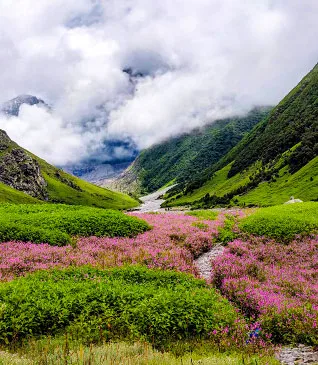
.webp)
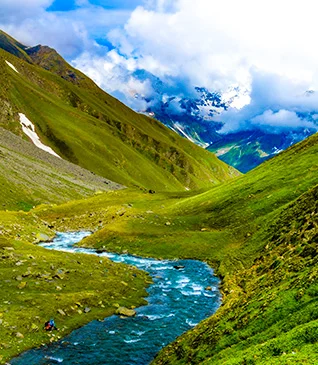
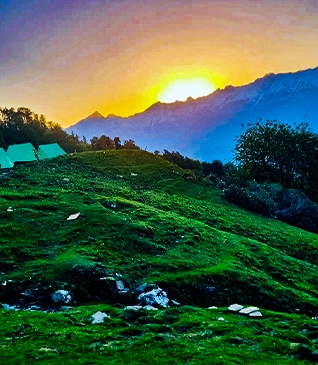
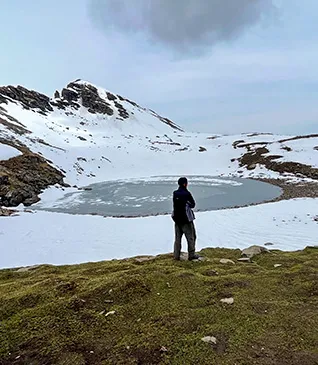
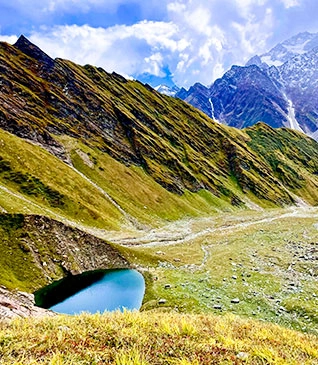
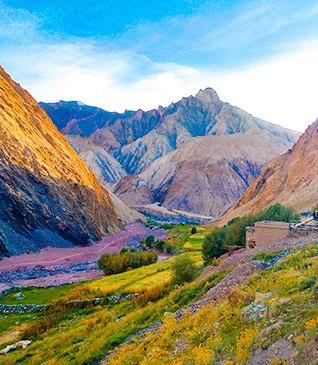
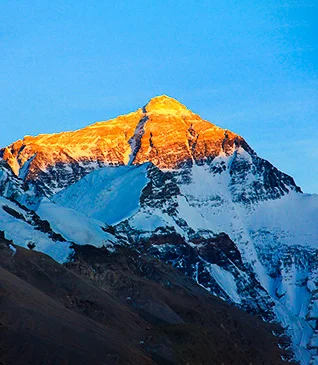
.webp)
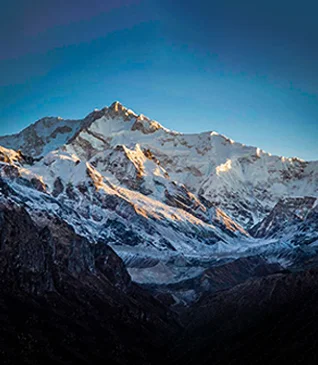
.webp)
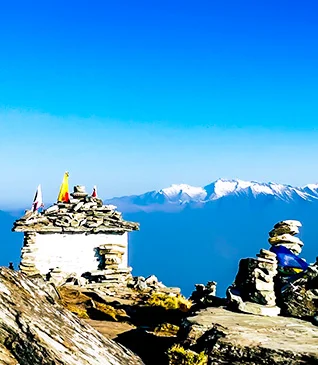
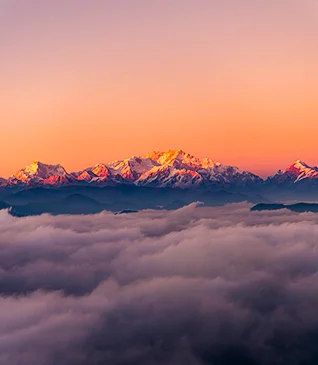
.webp)
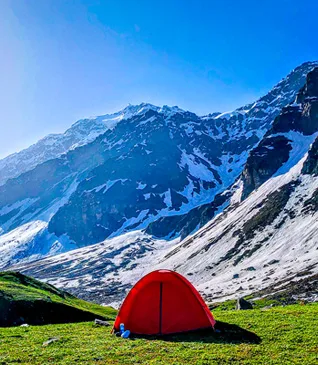
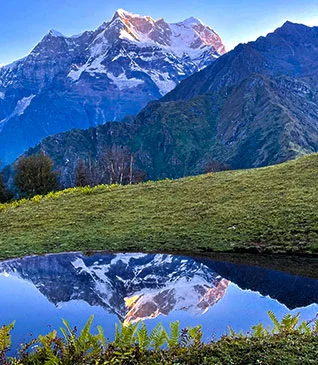
.webp)

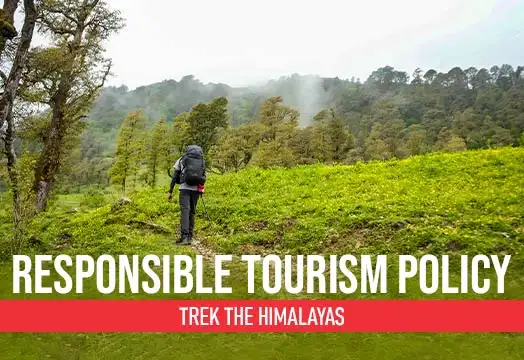
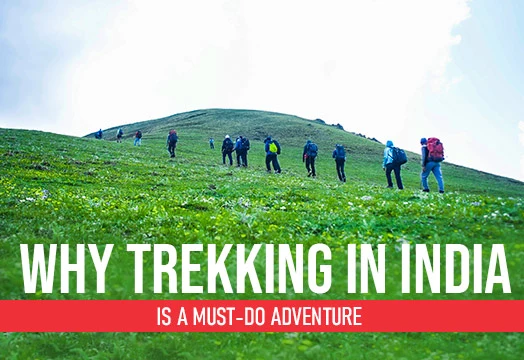
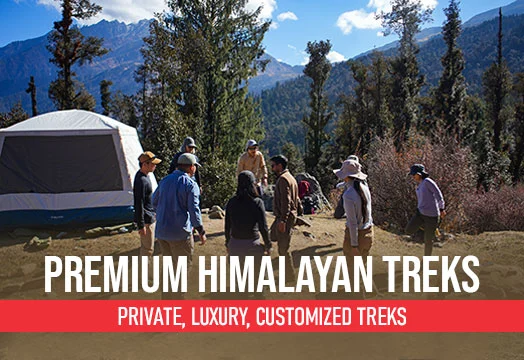
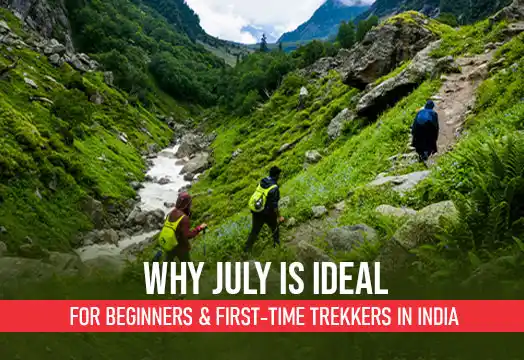
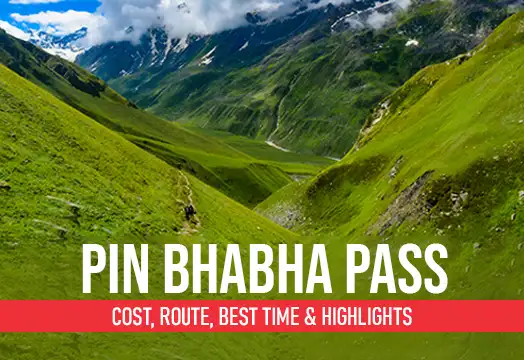
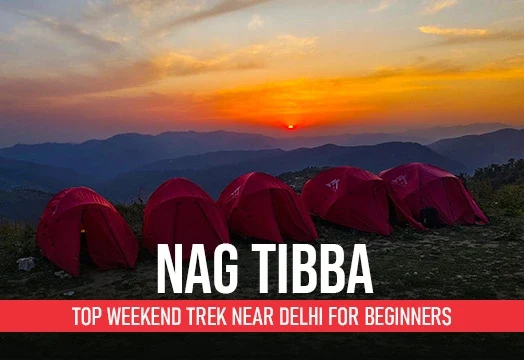
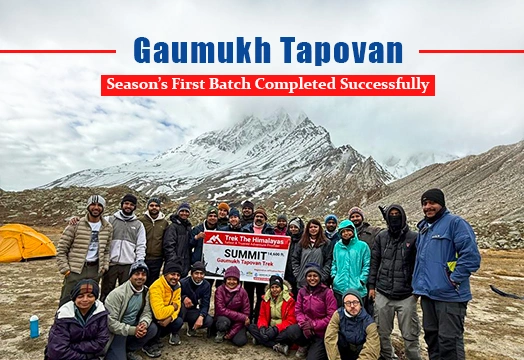
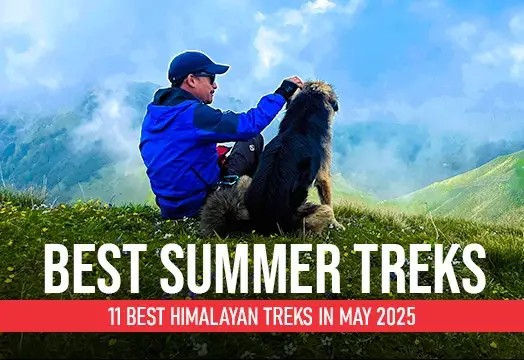
.webp)